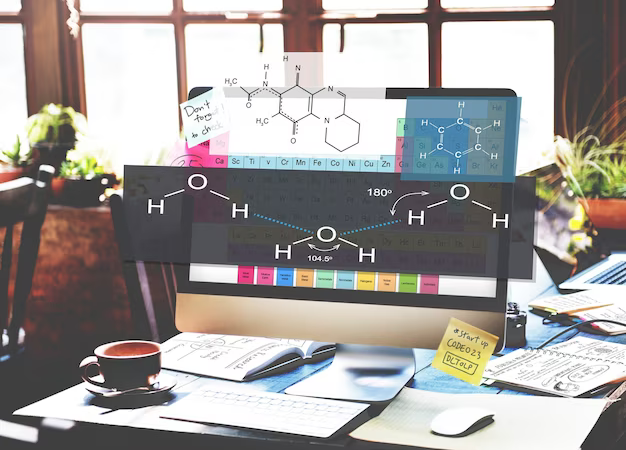The scientific realm experienced a seismic shift thanks to two fundamental formulae, which not only broadened our comprehension of the universe but also propelled several groundbreaking innovations. These formulae are:
- Einstein’s iconic E=mc^2, where energy equals mass times the speed of light squared;
- Newton’s f=ma, where force equals mass times acceleration.
These formulae have shaped the course of physics as we understand it today.
Shaping the Future of Quality Engineering: Innovative Formulae
Now, let’s turn our focus to the field of Quality Engineering that is witnessing a similar revolution, propelled by innovative formulae set to redefine its landscape In the same way, these formulae will likely spearhead innovations and shape the future of this domain.
Let’s delve into the first formula: Q=DT^2.
In this equation, Q signifies the Quality of the applications being crafted. D and T denote the standards of Development and Testing, respectively. The equation indicates that the Quality of an application is directly proportional to the square of the testing standards during the development phase.
Quality Engineering teams should adopt TDD (Test-Driven Development) or BDD (Behavior-Driven Development) practices at the beginning of the development process, followed by rigorous testing post-build. This includes Functional, Non-Functional, and Production-based testing protocols.
For Quality Engineering to make substantial strides, an ongoing commitment to elevating these standards is necessary.
The second groundbreaking formula focuses on the velocity of Continuous Delivery (CD), a critical goal for high-velocity agile teams. This equation eloquently encapsulates the dynamic nature of CD within the application engineering lifecycle.
The velocity of CD is directly affected by Continuous Development (TDD, BDD, Continuous Build) and Continuous Testing (Continuous Integration, Continuous Performance Engineering, Continuous Security Engineering, Continuous Feedback). It is, however, inversely proportional to the degree of manual intervention.
Automating various phases of the application engineering lifecycle emerges as a pivotal factor for the success of CD teams. It favors a more seamless, efficient, and error-free application engineering process, which ultimately boosts the velocity of CD.
Cloud Computing Digital Transformation
In the landscape of technological evolution, Cloud Computing Digital Transformation stands as an integral component. It converges seamlessly with the innovative equations discussed above. The cloud’s ability to provide scalable infrastructure, on-demand resources, and data analytics facilitates the realization of superior craftsmanship and accelerates the delivery process.
Conclusion
Through a profound understanding and application of these modern equations, Q=DT^2 for Quality Engineering and the Continuous Delivery formula for Agile teams, we can revolutionize how we approach development and testing processes. The implications of these formulae extend beyond improving software quality or speeding up delivery times.
They carry the potential to fundamentally transform the field of Quality Engineering and Continuous Delivery practices. Embracing these innovative concepts could lead to groundbreaking advancements, fostering a culture of excellence and innovation. In this dynamic digital age, staying ahead of the curve involves not just adapting to change, but also being the catalysts for it. Every step towards automation, every effort to enhance standards, brings us closer to redefining what’s possible in the realm of Quality Engineering and Continuous Delivery.
